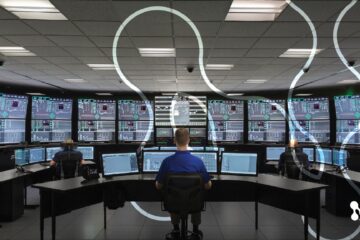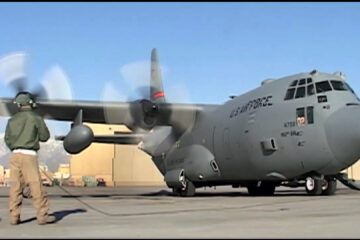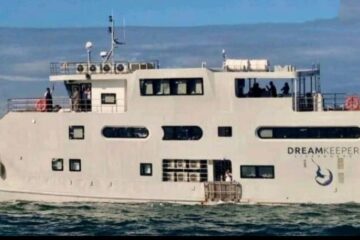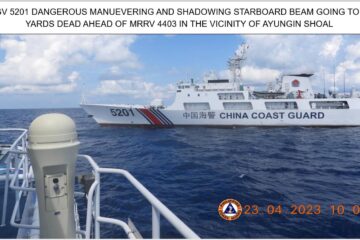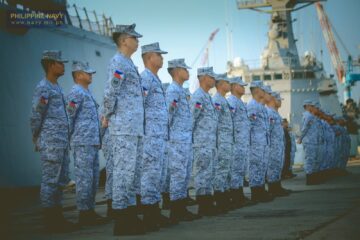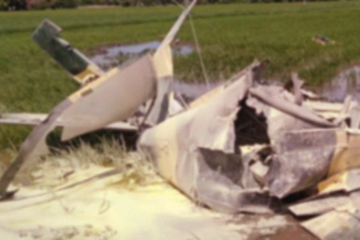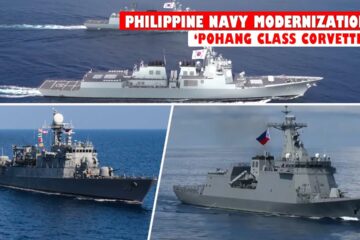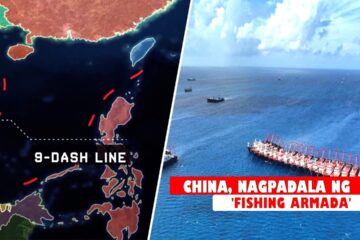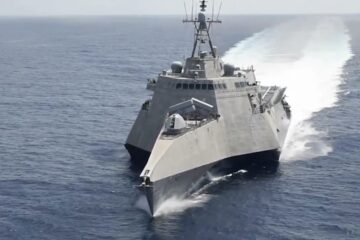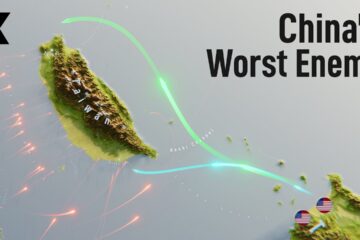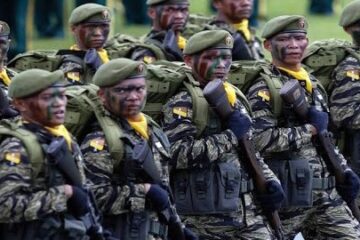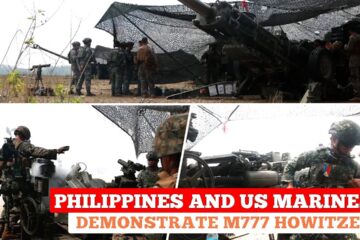Adm. Harry Harris, commander of U.S. Pacific Command, has directed the Carl Vinson Strike Group to navigate north and report on station in the Western Pacific Ocean after departing Singapore April, 8.
Carl Vinson Strike Group, including Nimitz-class aircraft carrier USS Carl Vinson (CVN 70), embarked Carrier Air Wing (CVW) 2, Arleigh Burke-class guided-missile destroyers USS Wayne E. Meyer (DDG 108) and USS Michael Murphy (DDG 112), and Ticonderoga-class guided-missile cruiser USS Lake Champlain (CG 57), will operate in the Western Pacific rather than executing previously planned port visits to Australia. The Strike Group will remain under the operational control of U.S. 3rd Fleet as part of the Third Fleet Forward initiative.
Deployed from San Diego, California, to the Western Pacific since Jan. 5, the Strike Group has participated in numerous bilateral exercises with the Japan Maritime Self-Defense Force and Republic of Korea Navy, various maritime security initiatives, and routine patrol operations in the South China Sea.
“US Pacific Command ordered the Carl Vinson strike group north as a prudent measure to maintain readiness and presence in the western Pacific,” said Commander Dave Benham, a spokesman for US Pacific Command.
“The Number 1 threat in the region continues to be North Korea, due to its reckless, irresponsible and destabilizing program of missile tests and a pursuit of a nuclear weapons capability,” he said.
The launch is the latest in a recent series of missile tests by North Korea, which maintains a nuclear weapons program.
On March 6, North Korea launched four ballistic missiles, which flew over 600 miles before plunging into the Sea of Japan. Added attempted test on March 22 failed after the missile exploded within seconds after launching.
U.S. 3rd Fleet leads naval forces in the Pacific and provides the realistic, relevant training necessary for an effective global Navy. Third Fleet constantly coordinates with U.S. 7th Fleet to plan and execute missions based on their corresponding strengths to promote ongoing peace, security, and stability throughout the entire Indo-Asia-Pacific theater of operations.








